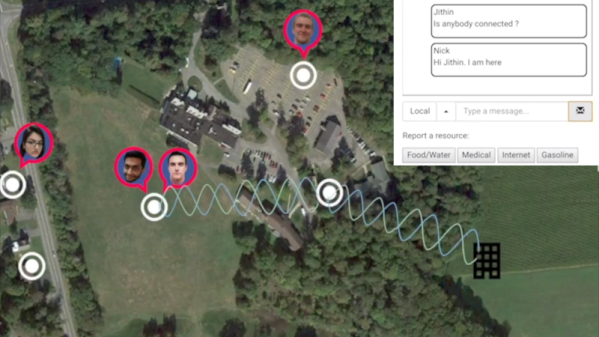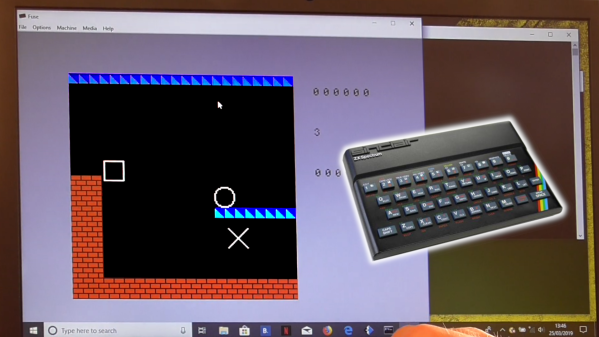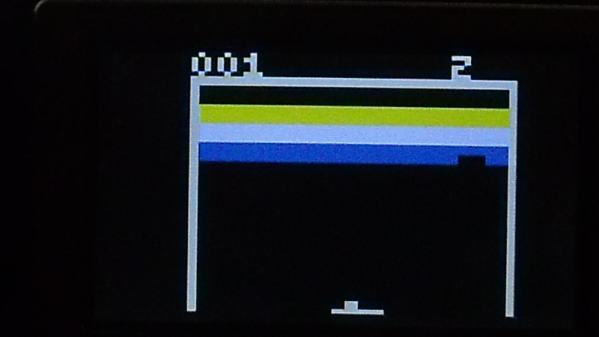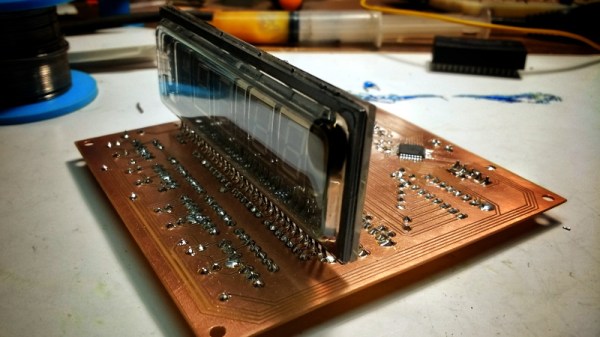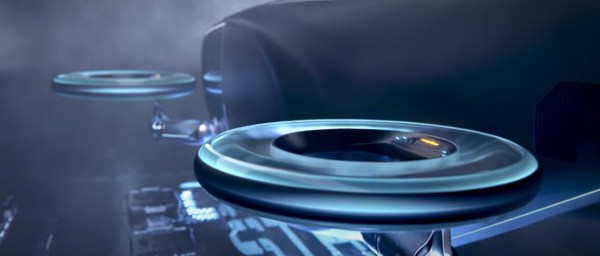For many people, phone and Internet connectivity are omnipresent and always available. It’s possible to upload selfies from a Chinese subway, and search for restaurant reviews in most highway towns, all thanks to modern cellular connectivity. However, in emergencies, we’re not always so lucky. If towers fail or user demand grows too large, things can collapse all too quickly. It’s in these situations that HELPER aims to flourish.
HELPER stands for Heterogeneous Efficient Low Power Radio. It’s a radio system designed to operate in the absence of any infrastructure, creating a pop-up network to serve community needs in disaster areas. Users can share information about available resources, like water, gasoline and food, while emergency workers can coordinate their response and direct aid to those who need it.
It’s a system built around commonly available parts. Raspberry Pis run the back end software and communicate with individuals over WiFi, with LoRa radios handling the longer-range communication from node to node. Combining this communication ability with GPS location and stored map data allows users to more easily find resources and assistance when things go wrong. The journal article is freely available for those wishing to learn more about the project.
It’s a project which aims to keep people safe when conventional networks go down. The key is to remember that once disaster strikes, it’s usually too late to start distributing radio hardware – emergency gear should be in place well before things start to go south. Of course, there’s also the government side of the equation – in the USA, the Emergency Broadcast System is a great example of emergency communications done right. Video after the break.
Continue reading “Emergency Neighbourhood Communications Courtesy Of HELPER”

